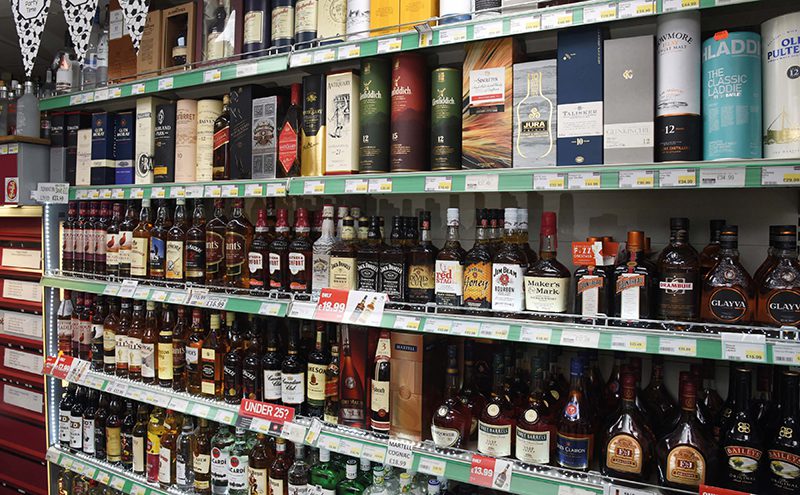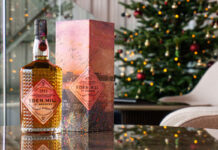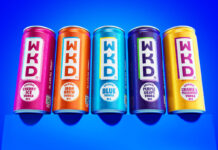Scotland’s favourite lager brand, Tennent’s, takes the top spot for the first time

Amanda’s overview

THE diverse, exciting and innovative drinks sector in Scotland continues to grow and while whisky brands still dominate, for the first time we have seen Scotland’s favourite pint, Tennent’s, take over the number one spot from Glen’s.
Tennent’s has been a huge player in the Scottish drinks sector for generations and it is great to see that the brand still resonates with new cohorts of Scottish drinkers through clever and relevant marketing, driving sales through a variety of pack formats.
Whilst gin continues its meteoric rise and popularity with drinkers, helped by a plethora of new brands as well as variants, no Scottish gin features in the top 25 this year, although Edinburgh Gin is knocking on the door and sits at number 26.
In recent weeks we have seen Aldi launch their first Scottish gin festival featuring 10 gins from across Scotland alongside premium tonics and accompaniments and while we have seen a growing interest in gin, the impact is muted and sales growth in Scotland is slower when compared to the UK.
The biggest mover in the Top 25 is Brewdog, moving up an impressive 14 places to number 10. This means there’s now three beers in the top 10, the other being McEwan’s, another stalwart of the Scottish drinks industry. Brewdog has almost doubled its sales in the last year, driven mainly by growth in the multiples and I would anticipate that the brand will move further up the list next year as it continues to grow in popularity through its disruptive marketing.
Other movers include Isle of Jura, which moves up four places, and OVD (up eight) – benefitting from the resurgence of the rum sector. We also see a number of new entries, including some which have not been listed in the Top 25 before such as Cardhu which has achieved 13th place by driving sales through attracting new shoppers, Auchentoshan, which is driving presence through new listings, and The Singleton.
Both Aldi and Lidl have been strong supporters of the Scottish craft beer sector with both retailers hosting Beer Festivals in 2017, and together they now account for almost 9% of alcohol sales in Scotland, up 20% in the last year. The independent sector remains more important for alcohol sales in Scotland than UK-wide and is growing just ahead of the total alcohol market.
Looking towards 2018, we will continue to see the sector grow with new entrants continuing to add diversity and established players strengthening their depth both at home and overseas.
The Top 25 is a rich list of some of the great alcohol brands in Scotland both old and young. With economic uncertainty ahead, the take home drinks sector is likely to continue to do well as shoppers manage their purse strings with a bit more prudence. However, we do also need to be aware of the growing interest in health and how this might impact alcohol sales as well as seeing how minimum pricing will be implemented in Scottish stores.




















